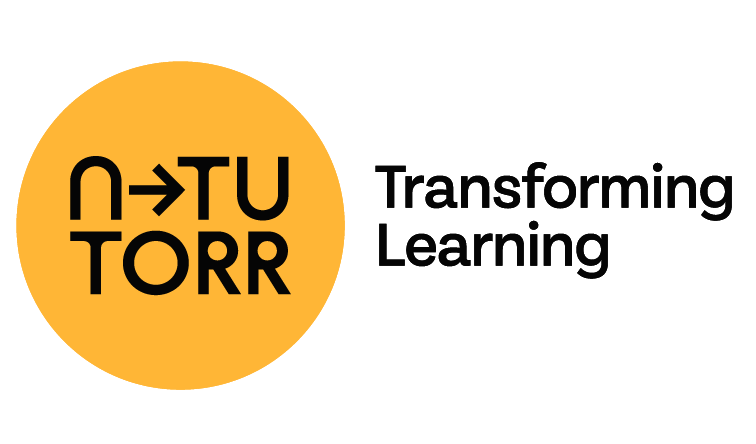Source
UNESCO
Summary
This UNESCO report provides policy guidance on integrating artificial intelligence (AI) into education systems worldwide. It stresses both the opportunities—such as personalised learning, enhanced efficiency, and expanded access—and the risks, including bias, privacy concerns, and the erosion of teacher and learner agency. The document frames AI as a powerful tool that can help address inequalities and support sustainable development, but only if implemented responsibly and inclusively.
Central to the report is the principle that AI in education must remain human-centred, promoting equity, transparency, and accountability. It highlights the importance of teacher empowerment, digital literacy, and robust governance frameworks. The guidance calls for capacity building at all levels, from policy to classroom practice, and for international cooperation to ensure that AI use aligns with ethical standards and local contexts. Ultimately, the report argues that AI should augment—not replace—human intelligence in education.
Key Points
- AI offers opportunities for personalised learning and system efficiency.
- Risks include bias, inequity, and privacy breaches if left unchecked.
- AI in education must be guided by human-centred, ethical frameworks.
- Teachers remain central; AI should support rather than replace them.
- Digital literacy for learners and educators is essential.
- Governance frameworks must ensure transparency and accountability.
- Capacity building and training are critical for sustainable adoption.
- AI should contribute to equity and inclusion, not exacerbate divides.
- International collaboration is vital for responsible AI use in education.
- AI’s role is to augment human intelligence, not supplant it.
Conclusion
UNESCO concludes that AI has the potential to transform education systems for the better, but only if adoption is deliberate, ethical, and values-driven. Policymakers must prioritise equity, inclusivity, and transparency while ensuring that human agency and the role of teachers remain central to education in the age of AI.
Keywords
URL
https://www.unesco.org/en/articles/ai-and-future-education-disruptions-dilemmas-and-directions
Summary generated by ChatGPT 5

